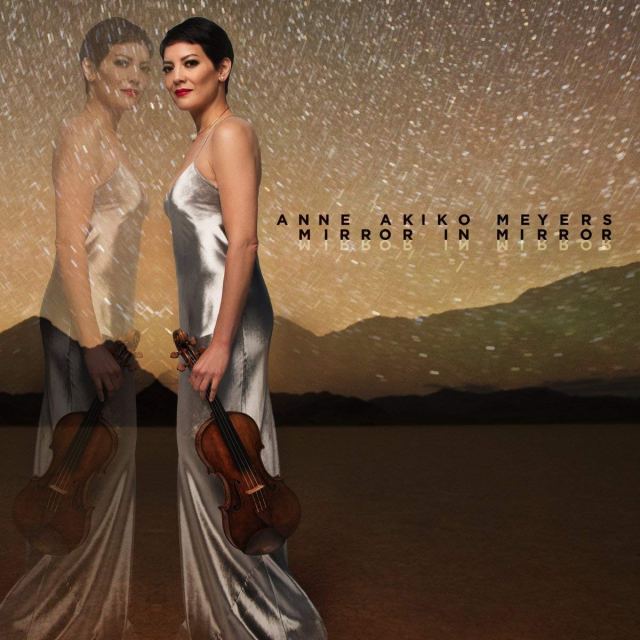
Avie AV 2386
Admittedly I am a sucker for nearly all things minimalist and post-minimalist. Such programming can lead to some potentially dull or cloying experiences. Not so with this lovely collection of miniatures though. While minimalists like Glass and Pärt make their appearances the concept here seems to reach for larger goals. We have a mix of relatively simple chamber compositions along with electroacoustic works, a revelatory take on Ravel’s Tzigane and and arrangement for violin and orchestra of a solemn choral piece by Morten Lauridsen.
This eclecticism seems to flow from the artist’s choices rather than choices imposed by a producer. In this respect she reminds this reviewer of pianist Lara Downes whose repertoire choices are similarly eclectic but born very personally from the artists’ experiences and preferences.
The opening Philip Glass Metamorphosis Two (1988) is presented in an arrangement by none other than Glass’ long time champion Michael Riesman. It is followed by two violin and piano pieces by Arvo Pärt, Fratres (1977) and Spiegel im Spiegel (1978). These lovely works serve to draw the listener in most pleasantly. Akira Eguchi is the fine pianist who plays on all but tracks 4, 7, and 8.
Next up is a piece of musical archaeology. Tzigane (1924) was originally written for violin and piano. It was later orchestrated and it is that version which is best known and probably most recorded. Well it turns out that Ravel had made a version for a now defunct instrument called a Luthéal which is an instrument invented in the early 20th century (patented 1919). It’s actually not so much an instrument as an add on. It modifies the sound of a piano. The device now exists in museums but that hasn’t stopped innovative producers from utilizing an electroacoustic version. Elizabeth Pridgen plays the keyboard to which the lutheal is virtually attached.
Apparently this version has been recorded before but this writer encountered it first in this release. It is a very different sound than the piano or orchestral versions and is a lovely take on the music. Many may buy the album for this track alone.
This is followed by a charming lullaby written for Meyers’ youngest daughter. John Corigliano has absorbed only a small bit of the minimalism bug (maybe his 1985 Fantasy on an Ostinato qualifies) but he is one of our finest living composers and he appears to infuse this violin and piano miniature, Lullaby for Natalie (2010) with a tender romanticism that is both sweet and touching. In the notes we learn that it did seem to put her daughter to sleep but I doubt it will do that to most listeners.
The next two tracks are works by one Jakub Ciupinski (1981- ) who also has a stage persona under the name Jakub Ζak under which he performs live electronic music. This Polish born composer is now based in New York and works with various forms of electronics including a theremin. Both “Edo Lullaby” (2018) and “Wreck of the Umbria” (2009) come from a similar place musically. Both use electronics in varying degrees to enhance and accompany the solo violin. Both are delightful little gems that give a nod to some minimalist roots but stand on their own merit and prompt this listener to keep an eye/ear out for more of this composer’s work.
The concluding piece is an arrangement by the composer Morten Lauridsen (1943- ). The performer states she pursued Lauridsen for a new piece and when he finally acquiesced he presented this lovely arrangement of his well known choral piece, “O Magnum Mysterium”. The arrangement is for string orchestra and violin and orchestra here given its world premiere performance. It should come as no surprise to new music fanciers that the Philharmonia Orchestra is conducted by none other than Kristjan Järvi, a fine conductor, composer, and avid new music advocate who can always be found near some interesting musical projects.
This album stands out in that the choices of the musical selections and the personal connections between the composers and the soloist are clearly collaborative and inspired. This is substance rather than fluff but it may appeal to a wider audience. This one can be said to have crossover hopes but it does not pander. This is a wonderful album and will likely prompt listeners who, like this writer, have yet to know this soloist to go and seek more of her recordings and live performances. Brava!